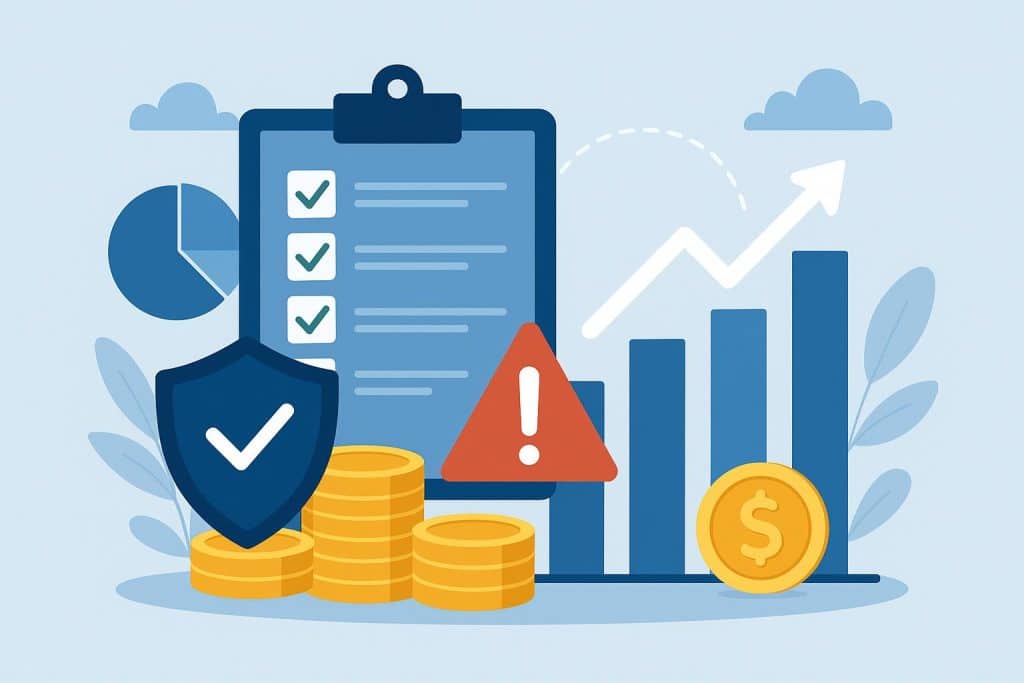Enterprises experiencing growth face larger responsibilities as departments expand, regulations increase, and operational exposure rises. Managing these risks manually becomes inefficient when teams require faster reporting, reliable analysis, and structured controls. A strong solution gives organizations better oversight without slowing progress during expansion.
Digital platforms offer better structure and visibility than traditional tracking methods. Many organizations benefit from risk management software because it supports new processes without demanding excessive effort or technical knowledge. This article highlights key tips for selecting a tool that matches expanding needs across developing enterprises.
Look for Platforms That Scale Smoothly
A suitable platform must accommodate expanding activities without disrupting current workflows. Growth introduces new responsibilities and requires additional tracking categories, updated protocols, and wider reporting. Systems that scale smoothly allow enterprises to increase capacity without redesigning everything from scratch. Configurable platforms reduce pressure on teams who must monitor greater volumes of data.
Smooth scalability also supports multiple locations and additional business units. When new divisions appear, systems must remain functional and accessible to all users. A scalable platform encourages consistent monitoring, reducing the risk of untracked obligations. Enterprises maintain momentum when software grows without complications.
Select Software That Supports Easy Adjustments
Growing companies frequently encounter new requirements that require quick revisions. Editable fields, drag-based settings, and customizable workflows allow teams to refine processes without technical support. These adjustments eliminate reliance on programming expertise, keeping risk teams focused on hazard control instead of tool maintenance. Systems with easy configuration reduce downtime and maintain compliance accuracy.
Configurable tools help enterprises address minor issues before they become larger disruptions. When an organization changes, teams can immediately update procedures without waiting for technicians. Adjustments become part of daily activity rather than scheduled projects with long delays. This leads to more responsive reporting and better tracking of emerging threats.
Choose Solutions That Strengthen Collaboration
Large organizations require multiple departments to share information smoothly. Systems should allow contributions from different specialists who understand various parts of the business. When teams collaborate directly within the platform, risk controls reflect actual conditions rather than narrow interpretations.
Collaborative software reduces duplication of work that happens when departments gather separate records. Instead, each group participates in a unified system that evolves collectively. Shared entries reveal threats affecting multiple departments instead of isolated functions. Strong collaboration creates a complete picture of enterprise exposure.
Check for Ongoing Regulatory Adaptation
Regulations shift regularly across industries, and platforms must adjust quickly. Software should allow compliance teams to modify requirements, approval paths, and audit fields without waiting for redevelopment. Reliable systems track rule changes and support instant updates that preserve documentation accuracy.
When records reflect current standards, companies avoid penalties and protect their reputation. Rapid adaptation reduces the burden on teams that must remain attentive to constant policy updates. Tools that support alignment protect the enterprise from unnecessary loss.
Evaluate Reporting Strength and Predictive Insight
Enterprises should prioritize systems that deliver precise results rather than raw data. Meaningful reports highlight patterns that indicate potential harm instead of overwhelming users with information. Predictive analytics help organizations notice trends before they cause loss.
Predictive tools analyze history and current data to anticipate possible disruptions. Reports reveal where resources need to be allocated to avoid escalation. Insight-driven decisions minimize wasted effort caused by unclear risk evaluation. Well-designed dashboards present essential information without clutter.
Enterprises experiencing growth need tools that adapt quickly, support collaboration, scale efficiently, and provide reliable reporting. Selecting practical features ensures stronger oversight and reduces hazards associated with expansion. Risk management software maintains continuity and supports growth as responsibilities increase. Effective selection ultimately helps secure long-term progress by strengthening control as operations advance into new levels of demand.
